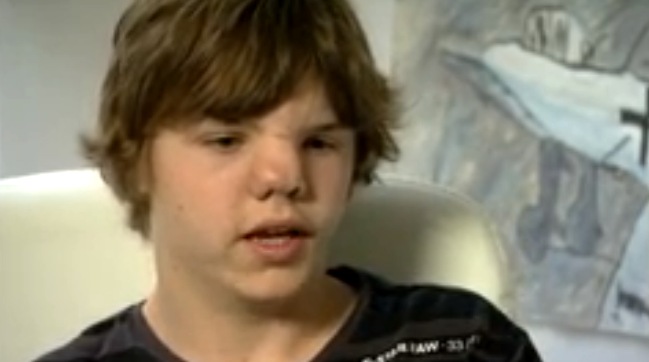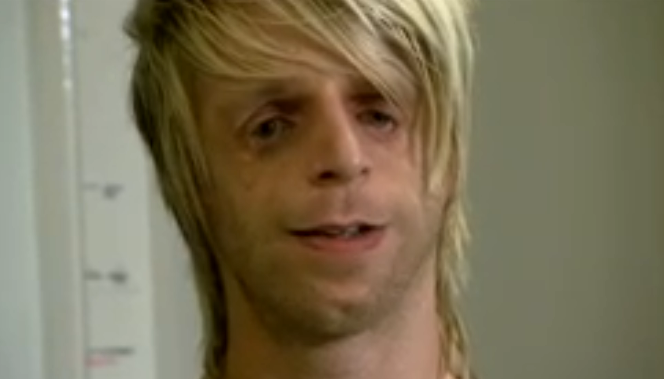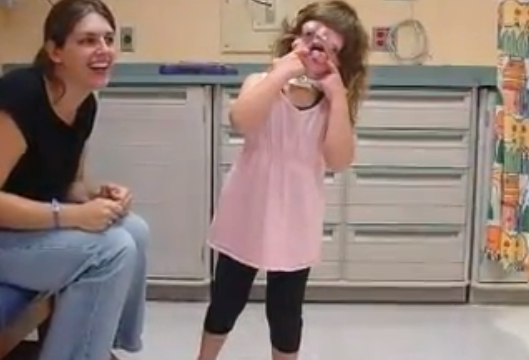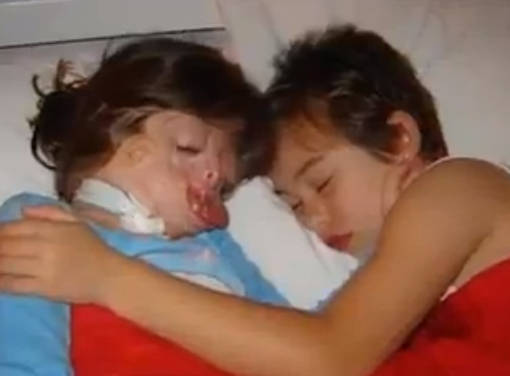Treacher Collin Syndrome is a genetic disorder. The condition can be hereditary and may vary in severity. It may also remain nondescript or may be extremely severe with symptoms immediately noticeable. Physical deformities are common in Treacher Collin Syndrome. The syndrome is also referred to as Franceschetti syndrome or Mandibulofacial Dysostosis. The disorder occurs in around 1 out of 50000 live births. The condition is inherited and may run in families. In some cases the syndrome may also occur spontaneously out of normal parents. The condition affects facial features and other physical characteristics but in most cases affected persons do have normal intelligence.
Treacher Collins syndrome causes
The condition is caused due TCOFI gene mutation. This gene is responsible for regulation of Treacle protein. Though the specific importance of this protein is not yet determined, it is hypothesized that the gene is crucial for development of tissues and bones in the face. TCOFI mutation decreases the production of treacle protein. Experts also believe that deficiency or lack of treacle may cause the cells to undergo apoptosis. This eventually causes Treacher Collins Syndrome.
Diagnosis
In some cases Treacher Collins syndrome is diagnosed even before the child is born. This is because ultrasound tests would sometimes depict abnormal facial features of the unborn baby. After birth, diagnosing the condition often require careful physical examination of the child. In some situations the diagnosis would only need simple physical examination. X-ray and Computer Tomography scan would be required to confirm the results. In fact Computer Tomography scan itself is an x-ray with cross sectional image of the body. CT scans are detailed as they provide images of parts including bone, fats, muscles and organs.
Treacher Collins syndrome symptoms
The most common symptom noticed in Treacher Collins affected children includes facial feature deformities. Lower eyelids, unusual cheekbone, etc are some facial irregularities often noticed in people with Treacher Collins syndrome. In some cases they may appear to be small or malformed or rarely missing. Hearing difficulties is one of the common symptoms of the condition. Here are some common irregularities detected in children with the syndrome.
Teeth and Jaw irregularities
- High vaulted palate or cleft palate is common anomaly with the mouth or particularly the palate or roof of mouth
- Restricted opening of mouth
- Gap in between teeth anterior or Malocclusion
- Smaller jaw
- Downward angle of lower as well as upper jaw
Face features
- Smaller or missing zygoma commonly called cheekbones or also supra orbital ridge or brow ridge
- Eyes may slope downwards
- Lower eye lid coloboma
- Wide mouth seem like ever smiling technically known as Macrostomia
Ear defects
- Smaller ear condition called Microtia
- Completely missing ear
- Missing ear canal, a condition called aural atresia
- Other deformities of ears
In most children with Treacher Collins Syndrome facial problems are common such as speech, swallowing issues, eyelid related vision problems, hearing difficulties due to outer or inner ear irregularities, breathing difficulties, etc. In some cases even other body parts are influenced due to the disorder such as hand or finger irregularities.
Treatment for Treacher Collins Syndrome
Facial difficulties may make it problematic for the baby to swallow food or even breathe. Experts often pay special attention towards these two factors in case of Treacher Collins syndrome. It may initially become difficult to feed the affected child through breast or bottle. The child’s weight should be tracked and ensured that he/she is gaining weight normally. You may need assistance from a dietitian to help your child stay healthy. To deal with breathing difficulties experts may provide options such as jaw advancement operation, tubes or positioning device. In serious cases ‘breathing tube’ may be mandatorily inserted in the windpipe to help the child breathe.
Hearing tests on new born children are often performed in most hospitals either during birth or few days later. If the child is suspected of suffering from any hearing irregularities then further examinations will be done within first few weeks after birth. Various hearing tests are often performed by an audiologist an expert trained to evaluate hearing abilities. Sometimes otolaryngologist’s help is also required. When the ear growth is almost complete your child’s doctor my also suggest a CT scan test to evaluate structure of inner and middle ear. This would allow the doctors to determine whether surgical procedure can rectify structural and functional defects.
Facial irregularities may also need surgical procedure to be rectified. For example if cleft palate is noticed then suitable procedures may help in correcting the palate. Eyelid surgery may be suggested in case of Coloboma. Usually bone grafting can help in rebuilding missing or smaller cheekbones. Bone grafting for zygoma is often performed when the child is over 5 years. Issues related with jaw or teeth can be discussed with an orthodontist or dentist. Early detection and treatment of the condition may help the child have better life. These experts will take necessary suitable measures to restore functional or structural irregularities in Treacher Collins Syndrome affected child.
Treachers Collins Syndrome Pictures




Juliana Wetmore Pictures
Juliana Wetmore is a living inspiration for many. Known as the ‘girl without face’, she is hale and hearty and doing well for herself. She had go to through multiple reconstructive surgeries of the face; her parents stood by her through thick and thin.



Treacher Collins Syndrome – Life Expectancy
The life expectancy of someone with this syndrome is the same as that of a normal individual without this condition. Respiratory problems may shorten the life span. But with proper care, treatment and therapies, the longevity can be ensured.

